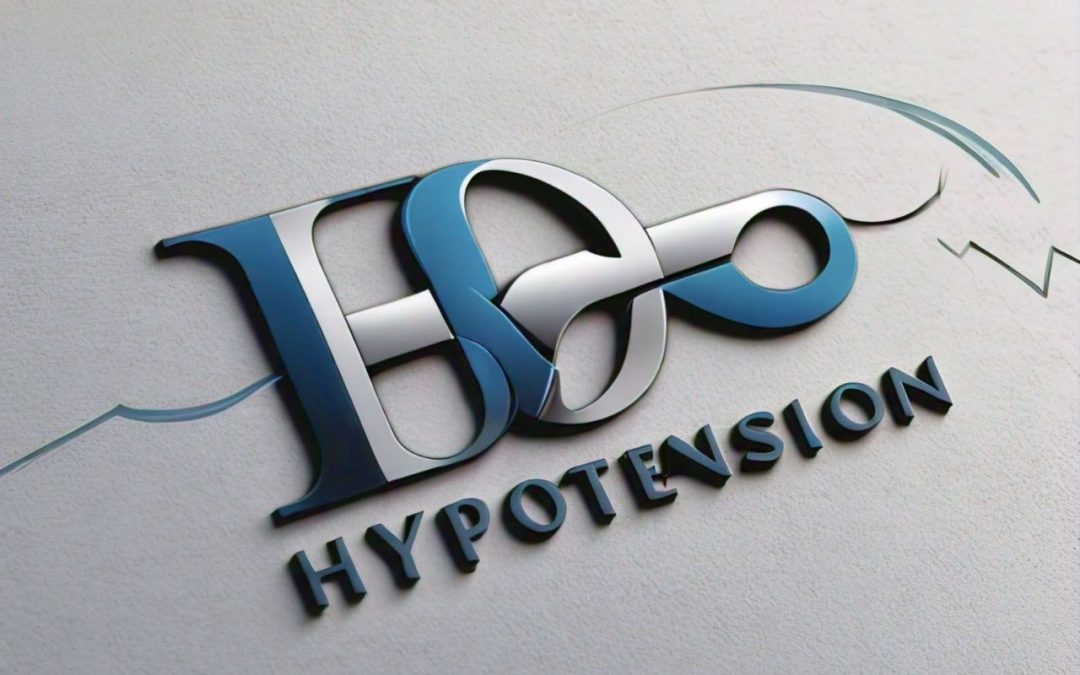In the depths of “The Beat Battleground”, a silent war raged on. Hypotension, the stealthy foe, lurked in every shadow, waiting to strike. Dr. Maria, a brilliant cardiologist, stood at the forefront of the battle, determined to unravel the mysteries of this elusive enemy. With each heartbeat, the stakes grew higher, and the tension mounted. Would she be able to crack the code and save countless lives, or would Hypotension claim victory, leaving a trail of devastation in its wake?
As Dr. Maria delved deeper into the labyrinth of Hypotension, glimmers of hope began to flicker like beacons in the darkness. She discovered hidden patterns, and her team worked tirelessly to develop a revolutionary new treatment. The first patient, a young woman on the brink of collapse, was administered the experimental therapy. The room held its collective breath as the monitors beeped, and the woman’s vitals began to stabilize. It was a small victory, but a crucial one, and Dr. Maria knew that the tide of the battle was finally shifting in their favor.
With every successive triumph, the team’s confidence grew, and their determination became unshakeable. They pushed forward, fueled by the knowledge that each life saved was a testament to their unwavering dedication. And Dr. Maria, the general leading the charge against Hypotension, stood tall, her eyes fixed on the horizon, where a future free from the grip of this silent killer beckoned. The Beat Battleground was far from won, but one thing was certain – the war would be fought with every ounce of strength, every beat of the heart, and every shred of hope.
What is hypotension?
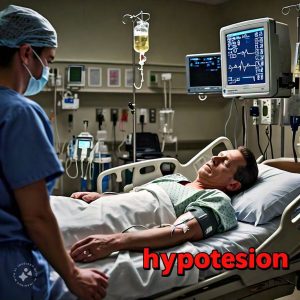
Hypotension is a medical condition characterized by abnormally low blood pressure. It is typically defined as a blood pressure reading of less than 90/60 millimeters of mercury (mmHg).
Types

1. Orthostatic hypotension: A sudden drop in blood pressure when standing up from a lying down or seated position.
2. Postural hypotension: Similar to orthostatic hypotension, but occurs when changing positions.
3. Neurogenic hypotension: Caused by problems with the nervous system’s ability to regulate blood pressure.
4. Hypovolemic hypotension: Due to a lack of blood or fluids in the body.
5. Septic hypotension: Caused by severe infection or sepsis.
6. Cardiogenic hypotension: Resulting from heart failure or other cardiac conditions.
7. Endocrine hypotension: Caused by hormonal imbalances, such as adrenal insufficiency.
8. Medication-induced hypotension: A side effect of certain medications.
9. Shock: A life-threatening form of hypotension caused by severe blood loss, dehydration, or other factors.
Causes
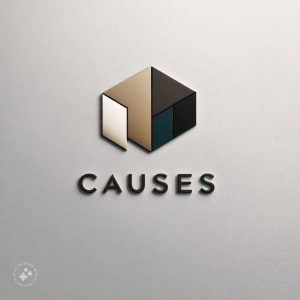
1. Dehydration: Lack of fluids or electrolytes.
2. Blood loss: Due to injury, surgery, or internal bleeding.
3. Medications: Certain drugs, such as diuretics, beta blockers, and vasodilators.
4. Infections: Severe infections like sepsis or meningitis.
5. Endocrine disorders: Adrenal insufficiency, hypothyroidism, or pheochromocytoma.
6. Heart conditions: Heart failure, cardiomyopathy, or arrhythmias.
7. Nutritional deficiencies: Lack of vitamin B12 or other essential nutrients.
8. Anaphylaxis: Severe allergic reaction.
9. Shock: Due to trauma, burns, or other life-threatening conditions.
10. Pregnancy: Hypotension can occur due to changes in blood vessels and circulation.
11. Anxiety and stress: Can cause a temporary drop in blood pressure.
12. Hormonal changes: Menopause, pregnancy, or thyroid disorders.
13. Nutrient deficiencies: Low blood sugar, electrolyte imbalance, or dehydration.
14. Sleep disorders: Sleep apnea or insomnia.
15. Other medical conditions: Certain diseases like diabetes, liver disease, or kidney disease.
Symptoms
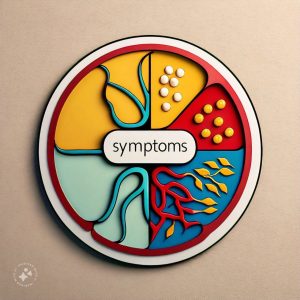
1. Dizziness or lightheadedness
2. Fainting or near-fainting
3. Weakness or fatigue
4. Confusion or disorientation
5. Rapid or shallow breathing
6. Pale or cool skin
7. Fast or weak pulse
8. Nausea or vomiting
9. Headaches
10. Blurred vision
11. Ringing in the ears (tinnitus)
12. Sense of impending doom
13. Decreased urine output
14. Thirst
15. Decreased cognitive function
Complications

1. Shock
2. Organ failure
3. Coma
4. Death
Prevention
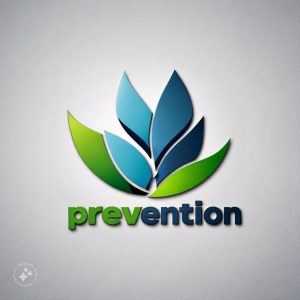
1. Stay hydrated: Drink plenty of water and electrolyte-rich fluids.
2. Exercise regularly: Regular physical activity can help improve circulation and overall health.
3. Manage stress: Practice stress-reducing techniques like meditation or deep breathing.
4. Get enough sleep: Aim for 7-8 hours of sleep per night.
5. Eat a balanced diet: Include foods rich in vitamins B12, B6, and folate.
6. Limit alcohol and caffeine: Excessive consumption can lead to dehydration and hypotension.
7. Monitor blood pressure: Regularly check blood pressure, especially if you have a history of hypotension.
8. Avoid standing for long periods: Take regular breaks to sit or lie down.
9. Rise slowly: When standing up, rise slowly to avoid sudden blood pressure drops.
10. Manage medications: Take medications as directed, and consult your doctor about potential hypotension side effects.
11. Stay cool: Avoid extreme temperatures, especially in hot weather.
12. Get enough electrolytes: Include electrolyte-rich foods or supplements in your diet.
Treatment

1. Fluid replacement: Intravenous fluids or oral electrolyte solutions to restore blood volume and electrolyte balance.
2. Medications:
– Vasopressors to constrict blood vessels and increase blood pressure.
– Corticosteroids to address adrenal insufficiency or hypothyroidism.
– Anticholinesterases to treat neurogenic hypotension.
3. Lifestyle modifications:
– Increasing fluid and electrolyte intake.
– Avoiding alcohol, caffeine, and strenuous activities.
– Elevating the head of the bed to reduce orthostatic hypotension.
4. Dietary changes: Increasing salt and fluid intake, and eating small, frequent meals.
5. Compression stockings: To improve blood flow and reduce swelling in legs.
6. Blood transfusions: In cases of severe blood loss or anemia.
7. Oxygen therapy: To increase oxygen levels in the blood.
8. Cardiovascular support: Medications to support heart function and blood pressure.
9. Addressing underlying conditions: Treating conditions like diabetes, thyroid disorders, or adrenal insufficiency.
10. Monitoring: Regularly checking blood pressure, heart rate, and other vital signs.

